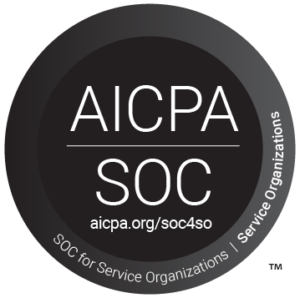CCMS in SAP Basis
You have the finest enterprise resource planning (ERP) software available in SAP; now you need to know how to optimize its use. The best way forward is to use the Computing Center Management System (CCMS) to monitor, control, and configure your SAP system.
Monitoring
Your CCMS can conduct system-wide monitoring and automatic reporting. It produces alerts that are assigned a severity and color coded. One of the best attributes of the CCMS monitoring architecture is that it offers a flexible framework so that your specific business landscape can be monitored in the way best suited for you. Instead of one over-arching monitoring and administration program, elements of the monitoring architecture function largely independently of each other.
The CCMS alert monitor includes:
*Status indicators (green, yellow, red) for all components
*Alerts if a status indicator is not in the green range
*Easy access to methods for analyzing alerts
*Alert tracking and management
*Complete, detailed monitoring of the SAP system, host systems, and databases
It is important to note that the release of the 4.0 alert monitor has replaced the previous monitoring and alert system in the CCMS. This new monitor offers all of the functions that were available in the old alert monitor as well as new, more reliable alerts and more advanced and powerful features. CCMS is a feature of Solution Manager and while the capability, along with the software, is free, setup and maintenance is not and can be fairly pricy. Small- to Mid-sized SAP customers may fair better using a 3rd-party solution (like 1st Watch).
Controlling
Optimizing Log on Behaviors. Your CCMS can control how the whole system is being used and automatically improve efficiency by logon load balancing. Load distribution allows you to dynamically distribute SAP users across workprocesses. If you have specified work groups, you can increase their efficiency by setting up multiple logon workgroups. You can assign one or more application servers to certain workgroups or specific applications. When users log on to the system, they are automatically logged on to the server that currently has the best performance statistics or the fewest users. You can assign particularly important workgroups with time-sensitive transactions to application servers with better response times.
Background Processing.
Your CCMS can control the background processing of routine tasks, resource-intensive programs, or long-running programs. With the SAP system, you can choose from a variety of methods for scheduling and managing jobs. You can run both SAP-internal and external programs. And you can run related programs as “job steps” within a single background processing job. That way, a single background job can accomplish a complex task that consists of multiple processing steps.
Configuring
With your CCMS running, SAP Basis administrators can direct the configuration of SAP profiles. SAP profiles are operating system files that contain instance configuration information. Individual configuration parameters can be customized to the requirements of each instance. That means that the professionals at 1st Basis can use configuration parameters to delineate the runtime of elements like main memory size, or shared memory. Your CCMS can determine which work processes the instance itself provides and where other services like database hosts can be found. SAP materials advise that you use the CCMS to maintain configuration profiles. This means that you should not edit the active profiles directly at operating system level.
The CCMS really makes SAP Basis work best for your business. If you have questions or want to make sure that you’re getting the best possible performance of your SAP System, consult with the professionals at 1st Basis. We will assess how your CCMS is functioning and make any adjustments necessary.




